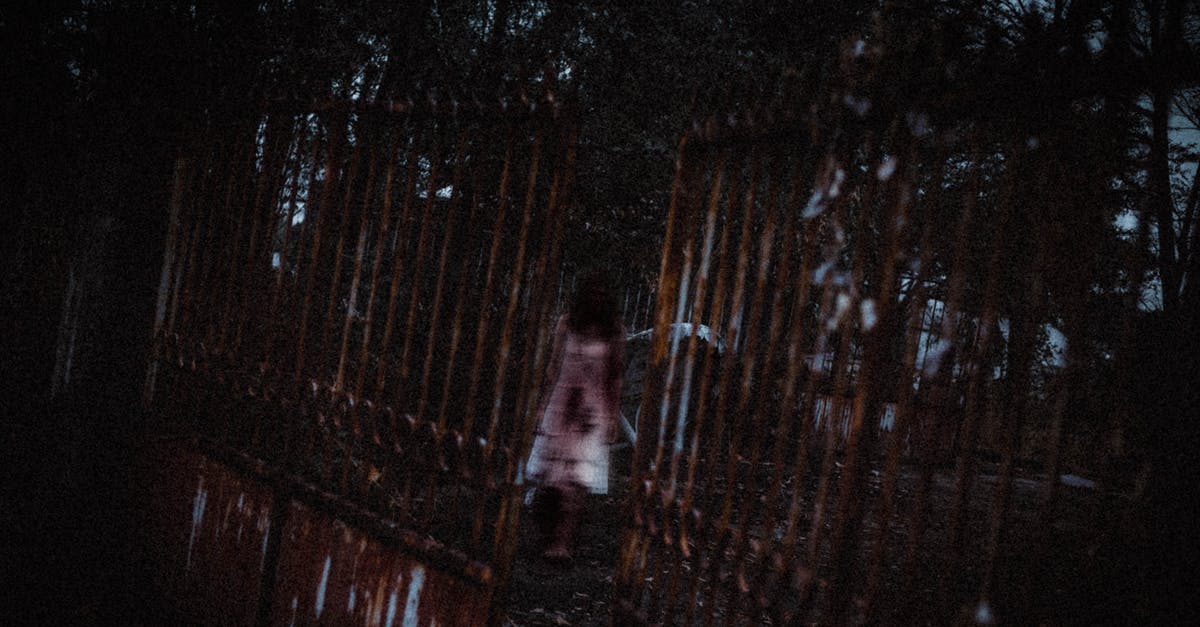What was so different about “Night of the Living Dead” from previous zombie movies?

Zombie movies appear to have existed since at least the 1930s (see this question). But many critics trace the origin of essentially all modern zombie movies to George A. Romero's acclaimed 1968 indie movie Night of the Living Dead.
Some claim that this specific movie radically changed the way zombies were imagined and shown on screen. Most movies featuring zombies since its release have — in their view — followed Romero’s model in major ways rather than the older tradition (and some have built on his zombies but added extra features like speed (see this question).
Exactly what were Romero’s innovations in Night of the Living Dead and how do his zombies differ from portrayals that came before it?
Best Answer
“Night of the Living Dead” introduced the idea of independent, undead flesh eaters to the world which was the opposite of what zombies were thought of before this film.
Prior to that film, zombies were slaves to others: Either people who were hypnotized or drugged to become slaves to local “sorcerers”; known as bokor in Haitian folklore. Or they were literal slaves that killed themselves and — as a result — were trapped in a “limbo”-like existence as a zombie; cursed to never really live and never really die.
Simply put, George A. Romero’s Night of the Living Dead (1968) was a reflection of the society at the time: A society in the late 1960s that reflected freedom and individualism over having to answer to others. The zombies in that film were slaves to nobody and were created by some radiation — seemingly everything in the world of 1960s sci-fi and fantasy were created by radiation — that just… BOOM reanimated the dead and gave them the freedom to wander aimlessly and eat others.
Prior to Night of the Living Dead, zombies were slaves to others in one way or another. This article in The Atlantic (“The Tragic, Forgotten History of Zombies” by Mike Mariani, October 28, 2015) explains it quite well; bold emphasis is mine:
“The original brains-eating fiend was a slave not to the flesh of others but to his own. The zombie archetype, as it appeared in Haiti and mirrored the inhumanity that existed there from 1625 to around 1800, was a projection of the African slaves’ relentless misery and subjugation. Haitian slaves believed that dying would release them back to lan guinée, literally Guinea, or Africa in general, a kind of afterlife where they could be free. Though suicide was common among slaves, those who took their own lives wouldn’t be allowed to return to lan guinée. Instead, they’d be condemned to skulk the Hispaniola plantations for eternity, an undead slave at once denied their own bodies and yet trapped inside them—a soulless zombie.”
This echoes in the plot of White Zombie (1932), where a couple — planning to be married — meet up with an evil voodoo master: Murder Legendre. The film is set on a plantation owned by Murder Legendre and Murder (what a name, right?) promises the husband (Charles) the best way to convince his gal pal (Madeleine) to marry him is to make her a zombie. Of course you can’t trust a guy literally named “Murder” so not only does he make Madeleine a zombie, but also makes Charles a zombie. And guess who does all the work on this Murder guy’s plantation? Tons of zombies of his own creation!
So the simple way to understand it all is:
- Pre-Night of the Living Dead: Victims of hypnosis who are shells of what they once were. Zombies were slaves to other and often just one or two people in each tale. The horror was enslavement and mind control of another; the only way to escape life as a zombie was for the “master” to die. Tales of the undead being created by some “master” exist in Haitian slave culture; the etymology of the word “zombie” is directly connected to Haitian myth. The overall concept of the undead — and myths surrounding it — have existed in one form or another throughout the history of the world.
- Post-Night of the Living Dead: Empowered ghouls who don’t let anything stand in their way. From this point on, zombies were (predominantly) portrayed as free and independent ghouls created by some vaguely explainable “force majeure” (aka: thing that happens) that gives the dead new life. But the dead feed off of the living and they can — much like vampires — change the living into zombies with a basic bite from another zombie. These zombies are not slaves, have greater numbers than the living and they feed off the living. Modern zombies (mostly) represent relentless cultural change you can’t easily escape. And reversing yourself from a zombie to a normal person is really not an option; once you’re a zombie that’s it… Zombie for “life.”
Pictures about "What was so different about “Night of the Living Dead” from previous zombie movies?"



How did Night of the Living Dead change horror movies?
The most influential trope the film reworked was the reinvention of the "monster" in horror cinema, which led to the creation of the modern zombie. While horror films of the past often only focused on one or two monsters like Frankenstein or the Wolf Man, Romero's zombies were a gigantic, unstoppable horde.What were zombies like Before Night of the Living Dead?
Zombies are rooted in black culture. Before Romero's creatures, which he considered \u201cghouls,\u201d zombies were undead slaves with roots in Haitian folklore and necromancy.How are the zombies described in Night of the Living Dead?
In the classic movie "Night of the Living Dead," Romero portrayed zombies as slow-moving, flesh-eating corpses, reanimated by radiation from a satellite returning from Venus.How does the Night of the Living Dead relate to the 1960s?
The fact that Night of the Living Dead was one of the first films to feature an African-American hero when the rest of the cast is composed of whites leads many film critics to analyse it as a comment on racism and race relations within U.S. society in the 1960s.SO DIFFERENT (OFFICIAL MUSIC VIDEO) by The Norris Nuts
More answers regarding what was so different about “Night of the Living Dead” from previous zombie movies?
Answer 2
Zombie movies, dating back to White Zombie (1932), typically featured reanimated corpses or hypnotized people who would walk around with a dazed look in their eyes. They were mindless, but technically harmless. What Romero did was introduce the concept of said zombies needing to feed, specifically on human flesh. This made them dangerous and lethal, not mindless and docile. This was a major spin on the concept, which changed zombies from scary/creepy corpses to horrific machines of death. And, really, what's a more horrific death than being eaten alive?
Answer 3
There is a long list of properties that zombies can have:
Universal zombification: Something causes the dead to not stay dead. All corpses reanimate (although there may be some method, such as destroying the brain, that prevents this).
Invulnerability: Zombies are impossible, or much more difficult than humans, to kill.
Infection: Zombies infect humans, turning them into zombies.
Predation: Zombies treat humans as prey, hunting them down and trying to kill them.
Rigor mortis: Zombies have slower/restricted movement, reminiscent of rigor mortis.
Pre-Romero zombies didn't have 1 or 3, had 2 and 5 to a varying extent, and had 4 only to the extent they were controlled by a master. Romero's zombies had all five.
The combination of these five properties makes a single zombie not much of a threat, but mean that they are highly numerous, and their ranks tend to swell as the movie goes on. There is horror in the dead not staying dead, in your former friends becoming your enemies, and in knowing that even if you kill zombie after zombie, there is still a horde left. Lately, we're seen variations on this; 28 Days Later got rid of 1, 2, and 5, making zombies that are easier to kill (they're just humans with a virus, so anything that kills a human will kill them), but harder to outrun. Black Summer/Z Nation got rid of 5 while keeping the rest, creating monsters with all of the strengths of zombies with little of their weaknesses (zombies in Z Nation seem much easier to kill than in Black Summer, but that may just be due to the characters having more time to learn how).
Sources: Stack Exchange - This article follows the attribution requirements of Stack Exchange and is licensed under CC BY-SA 3.0.
Images: Ketut Subiyanto, Ketut Subiyanto, Khoa Võ, Enric Cruz López
